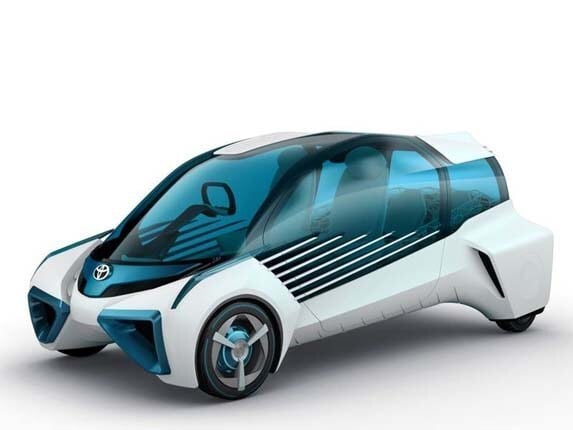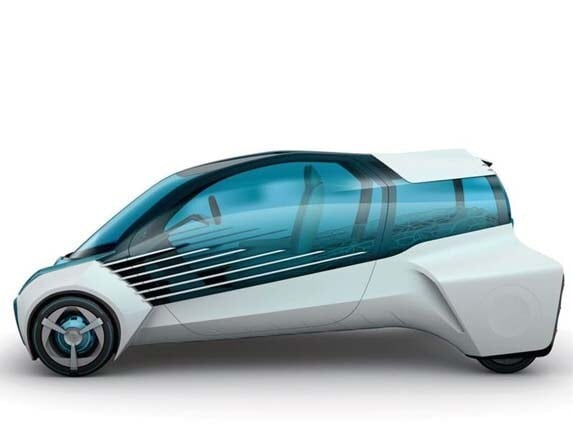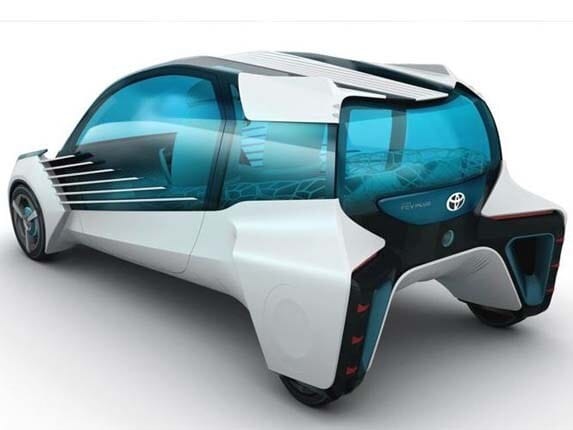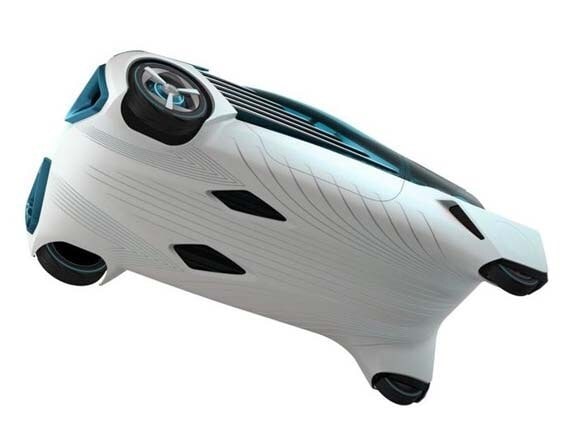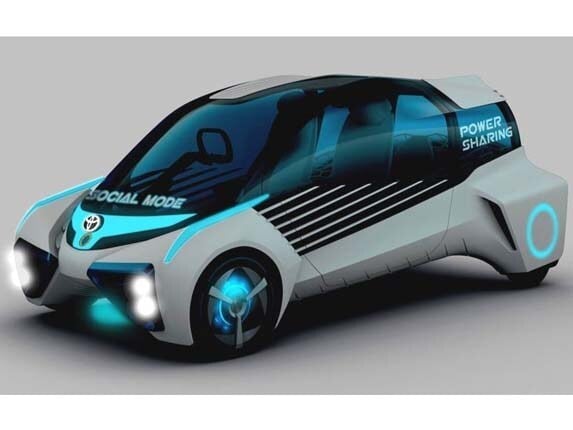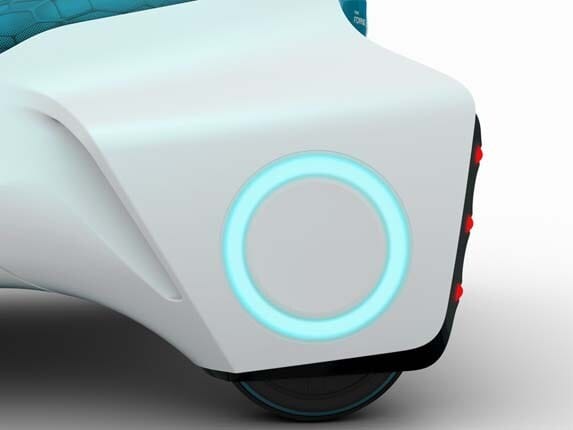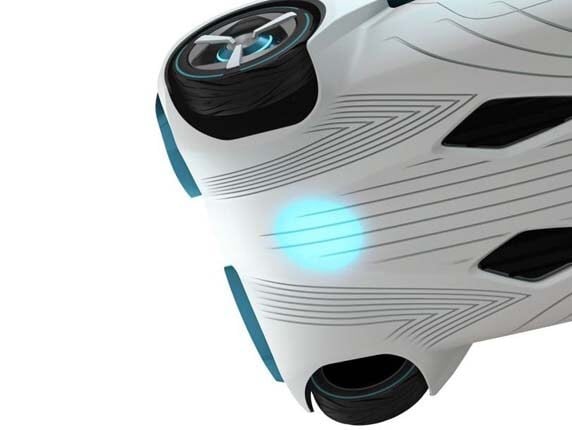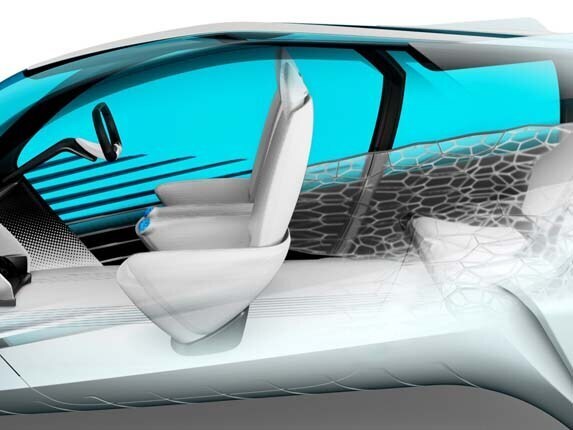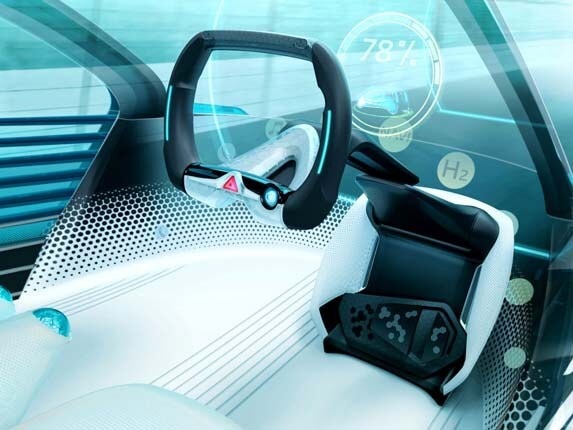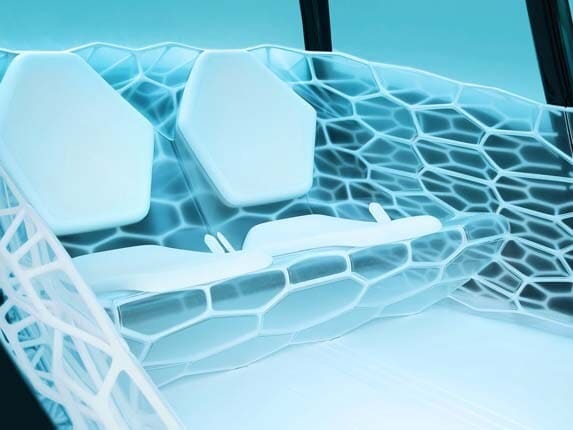Making its world debut at the Tokyo Motor Show, the Toyota FCV Plus Concept represents the kind of vehicle the automaker envisions when hydrogen finally becomes a primary fuel source. This futuristic 4-passenger concept was designed to augment its primary function as a zero-emissions vehicle with the ability to be a backup source of electricity for its owner’s home or augment the existing grid when the need arises.
Also: Class of 2016 — New Cars Ready to Roll
Striving for ultimate efficiency, the FCV Plus Concept maximizes space in its 4-passenger cabin by positioning the fuel cell stack between its front wheels and the hydrogen tank aft of the rear seats. A large greenhouse ensures good visibility while an array of virtual displays provide the driver with comprehensive information of all critical systems. Packaging is further enhanced by fitting a compact motor in each wheel that provides motive force and offers the possibility of torque vectoring to enhance handling. A full underbody fairing optimizes the car’s overall aerodynamic profile.
Also: Kelley Blue Book Best Buy Awards of 2015
In addition to creating electricity by using its on-board hydrogen source, the FCV Plus Concept can be linked to an external supply of the gas when parked. Toyota sees that added functionality as being critical to add capacity as well as stability to the local power infrastructure. For added convenience, the FCV Plus Concept also incorporates an inductive port to permit wireless transfer of energy that is produced.
More Concept Vehicles…
The Audi e-tron Quattro Concept previews the upcoming Q6 crossover
Mazda Koeru Concept offers a look at a new compact crossover model
Porsche Mission E Concept: a 600-hp EV on the fast track to production
POPULAR AT KBB.COM
